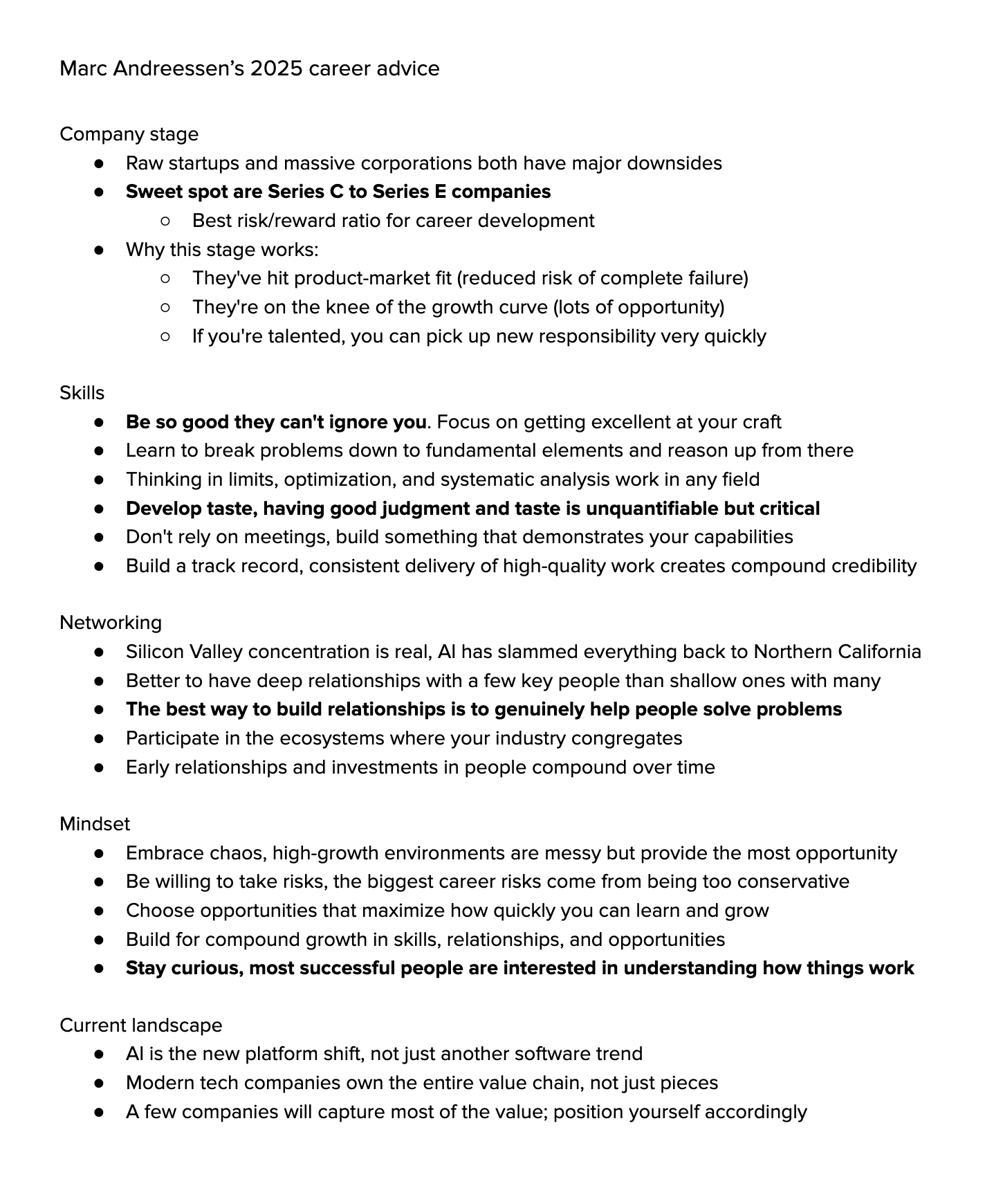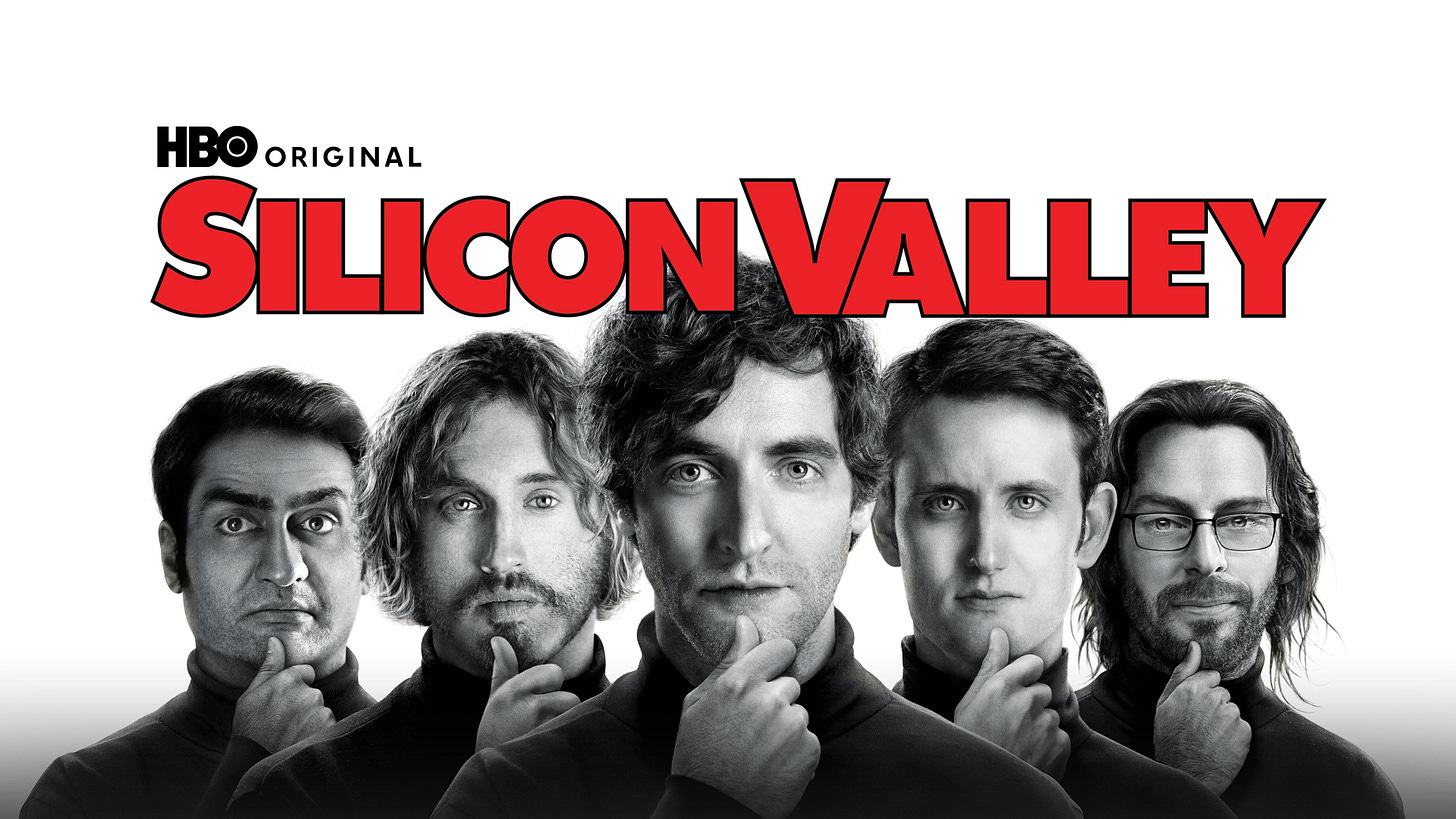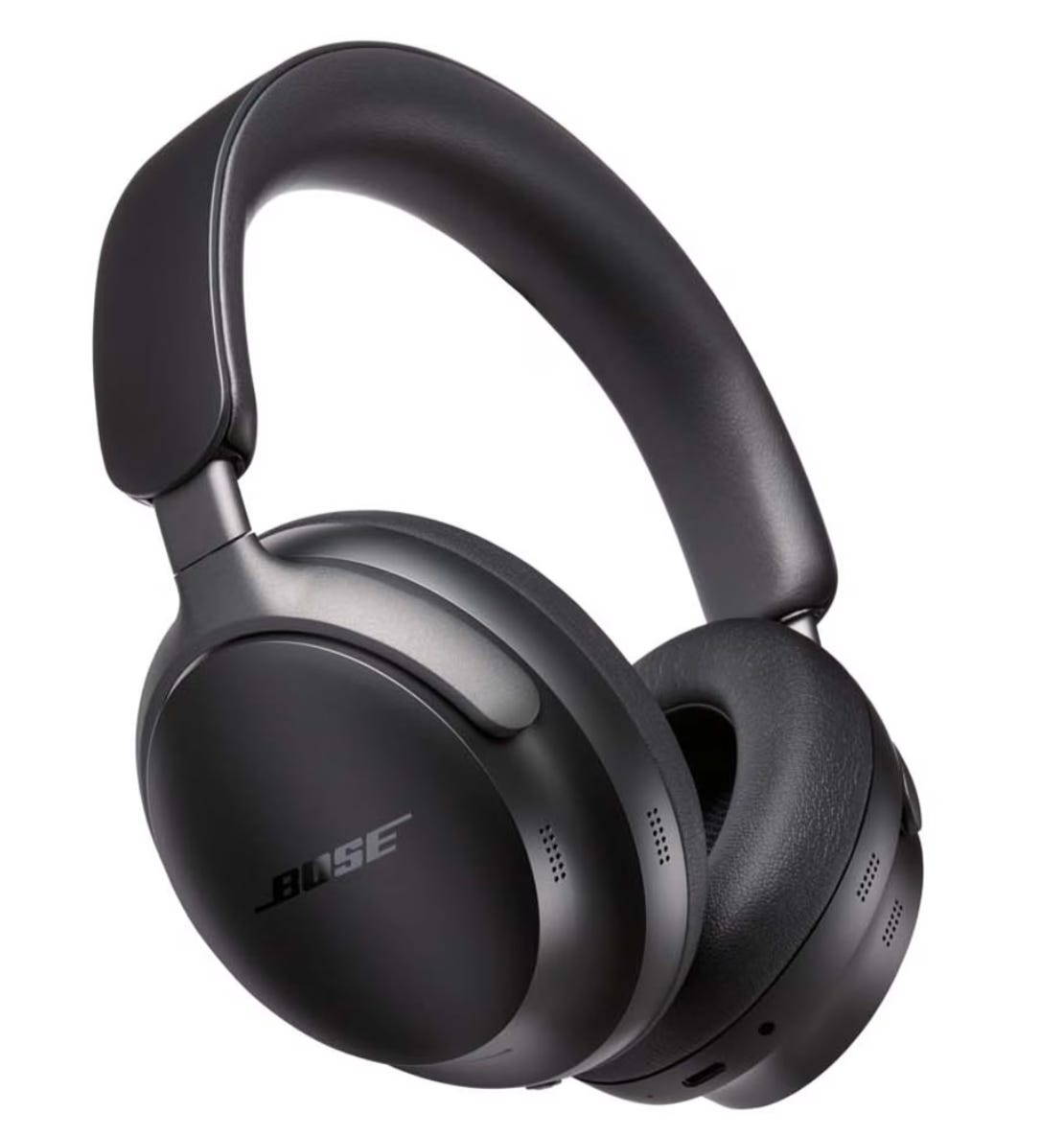👋 Hey, Leo here! Welcome to The Antifragile Leader. Each week, I explain the concepts needed to lead through uncertainty. Subscribe to get every issue in your inbox.
Join the annual plan to get a free coaching session with me.
Hey Friends,
Welcome to the 118th edition of The Antifragile Leader.
This is a special edition for me, as it is the first one in the “Antifragile Leadership Framework” series.
As I explained in this edition:
I will start building this framework for people who want to thrive through uncertainty.
In today’s world, uncertainty is the only certainty we have, so I believe navigating through it is the best skill you can acquire.
And it all starts here with defining:
What is antifragility?
Fragile vs. Resilient vs. Antifragile
If you’ve been following me for a while, you’ve probably seen the word “antifragile” pop up quite frequently.
But what does it mean to be “antifragile”?
I first came across the idea in Nassim Nicholas Taleb’s book, Antifragile, maybe ten years or so ago, and it stuck with me. But I didn’t fully grasp it.
I finally understood it about 5 years ago, during the pandemic. And it changed the way I see leadership, work, and life in general.
Taleb explains that there are three ways people and systems respond to stress.
Fragile: fragile things break under stress. Think of a porcelain teacup. It thrives and looks beautiful in a calm, predictable environment, but shatters with the slightest shock.
In our careers and lives, we spend a great deal of energy trying to avoid this fate, carefully “handling with care” our plans, our jobs, and our sense of stability.
Resilient: this is the modern ideal, something that withstands pressure. Think of a rubber ball; you squeeze it, drop it, or throw it against a wall, and it will return to its original shape.
Resilience is about endurance, about absorbing a hit and bouncing back to where you started.
Antifragile: something that grows stronger because of stress. Think of muscles getting stronger after they break during intense exercises or the phoenix reborn from ashes.
Most people perceive “Resilience” or “Robustness” as the opposite of something that breaks under stress. But it’s not quite right.
"The resilient resists shocks and stays the same; the antifragile gets better."
Nassim Nicholas Taleb, Antifragile: Things That Gain from Disorder
This concept fundamentally changes how we should approach a world defined by uncertainty.
When you stop to look, you see it everywhere:
The Human Immune System: when exposed to germs (a stressor), a healthy immune system doesn’t just “bounce back.” It learns, creates antibodies, and becomes stronger.
Startup Ecosystems: a “too big to fail” corporation is fragile. A vibrant city full of small startups is antifragile. Most will fail, but the lessons learned, the talent dispersion, and the occasional runaway success strengthen the entire ecosystem.
The Free Market: Competitive markets are antifragile. Recessions and market downturns force companies to become more efficient and innovative. Weaker ones fail, reallocating capital and talent to stronger ones. These cycles of disruption are what drive long-term economic growth.
For too long, we’ve aimed for resilience. Building personal and professional lives that can weather the storm.
But in an era of constant, unpredictable storms, it’s not enough to bounce back. It’s an exhaustive, defensive game.
So we need to start asking a different question:"
How can we build systems, careers, and teams that don’t just survive disorder, but actively gain from it?
Because that’s when you can have exponential growth.
"Buy when there's blood in the streets, even if the blood is your own."
Warren Buffett
I’ve spent nearly two decades leading teams and navigating change in tech and consulting industries.
I’ve seen too often fragile leadership; leaders who crumble at the first sign of trouble.
I’ve seen and I’ve been a resilient leader. Someone who survives challenges but becomes exhausted or stuck.
And I’ve seen antifragile leaders: those who seem to grow stronger with every obstacle they face.
That is the kind of leader I aspire to be, and that’s the type of leadership I want to help you build, too. Both in your personal and your professional lives.
This is the foundation of Antifragile Leadership.
Over the coming weeks and months (with some short breaks, as I have a few weeks of vacation coming up and I need to present my thesis in August too) I’ll be sharing practical tools, insights, and reflections from my Antifragile Leadership Framework
I am building this as I write it for you.
I have many ideas scattered around my brain and in different note-taking systems, but it’s all coming to life as we speak.
We’ll dive deep into how to cultivate:
habits that build lasting resilience
a mindset that turns chaos into advantage
clear decision-making in complex situations
the ability to influence (even if you’re not officially leading)
future-proofing skills to secure your career and life in uncertain times
I’d love your input. Help me build the right framework for you!
What challenges do you face right now?
I read and respond to every reply and your insights. shape what I create next.
Let’s become antifragile leaders together.
Recommendations:
Marc Andreessen is leading Andreessen and Horowitz, one of the biggest VC companies in the world.
I especially loved this one:
Embrace chaos, high-growth environments are messy but provide the most opportunity
I am rewatching and loving Silicon Valley
I have been using my Bose Quiet Comfort Ultra headphones for more than a month now, and I love them. I had a previous generation that lasted me more than 10 years, so I decided to go with the newer model, and I’m not disappointed.
Thanks for being here.
Stay antifragile,
Leo
P.S. If you enjoyed this piece and want to support my writing, please consider sharing it and becoming a paid subscriber.
P.P.S. If you want to read my content daily, don’t forget to follow me on LinkedIn





